


Earlier this week AMD announced its lineup of new graphics cards. And in the coming days and months we'll see the launches of their Radeon 300 series, R9 Fury and Fury X, and R9 Nano, as well as information on an innovative new form factor called Project Quantum. We had a chance to speak with AMD on what we can expect from those upcoming products, and we began with a look at two cards designed for today's most popular, competitive titles.
AMD described the R7 360 and R7 370 as graphics cards built for the professional gamer. They're capable of performance above 60 and up to more than 140 frames-per-second with the highest settings at a 1920 x 1080 resolution in games such as Counter-Strike: Global Offensive, Dota 2, and StarCraft 2. The R7 360 will feature up to 2GB of GDDR5 memory, while the R7 370 will have up to 4GB of GDDR5 memory. They also support AMD's impressive Virtual Super Resolution (VSR), Microsoft's DirectX12, and Frame Rate Target Control (FRTC) for the sharpest and smoothest visuals. The R7 360 and R7 370 will retail for $109 and $149 USD respectively.
Next on the agenda was the R9 300 series. These cards are made for resolutions above 1080p. Targetting 1440p is the R9 380 with 4GB of 256-bit GDDR5 memory. In addition to the aforementioned features of the R7 series, the R9 380 also supports AMD's FreeSync technology. It's their answer to NVIDIA's GTX 960 and will retail for $199.
The R9 390 and R9 390X are designed for UltraHD 4K gaming. Both cards ship with 8GB of 512-bit GDDR5 memory to power all those demanding pixels. According to AMD's provided benchmarks, the R9 390 competes and bests NVIDIA's GTX 970. The R9 390X meanwhile does the same against NVIDIA's GTX 980. The R9 390 will retail for $329 and the R9 390X for $429.
But the most exciting products in AMD's lineup are their Fiji-based GPUs outfitted with a new memory type, High Bandwidth Memory (HBM). HBM is considerably faster than GDDR5, offering three times its performance per watt, a 1024-bit memory interface per 1GB stack, and a smaller presence on the PCB due to its stacked positioning. The latter reduces complexity and thus overall size of the board.
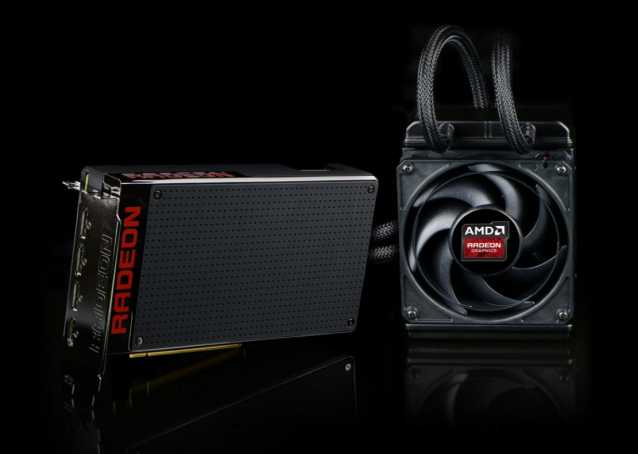
The Fury X is the first of the Fiji cards we'll see this year. It houses 4GB of HBM for a 4096-bit memory interface, 512 GB/s memory bandwidth, 4096 stream processors, an engine clock up to 1050MHz, and 8.6 TFLOPS of compute performance all on a slim 7.5-inch PCB. Those numbers translate to fast, surpassing NVIDIA's GTX 980ti in 4K benchmarks for a similar cost. The Fury X achieves this without being too much of a power guzzler compared to its competition, either, operating at 250-275 watts under load. For overclockers, it's designed to support 375 watts.
More interestingly, the Fury X forgoes the traditional cooling system. Instead, a closed loop liquid solution from Cooler Master with a Nidec 120mm fan on its radiator keeps the card operating at 50 degrees Celsius under load with noise levels less than 32dBA.
AMD wanted to create an iconic look for the Fury X, and the lack of fans isn't the only way they've achieved that. The card's shroud is made of black nickel aluminum with a mirror gloss finish. It completely encompasses the PCB, protecting it from the heat of other devices. Black, soft-touch plates accentuate the shroud's front and sides. A visible, capitalized Radeon logo glows red. Furthermore, located above the PCIe power connectors are eight activity lights. Dubbed GPU Tach, these indicate the intensity level of the the GPU and can be user configured to red or blue colors. Finally, three DisplayPort connectors and one HDMI connector line the bracket.
Thankfully, we won't have to wait long for the Fury X to hit stores. It launches next week, June 24th, and for a retail price of $649. An air-cooled version of the Fury will arrive July 14th for $549.

AMD also briefly touched upon two other Fiji products. The first was the R9 Nano, a 6-inch graphics card with performance per watt above the R9 290X. More information will come later this summer as we near its launch. Finally, they showed a new PC form factor called Project Quantum. If you can visualize the Cylon Base Star from Battlestar Galactica from the original 1978 series, then you'll have a good idea how it's shaped. The system is powered by two Fiji GPUs in the lower portion, while the top is fitted with a liquid cooled radiator. The entire setup packs 16 TFLOPS of compute power in a box measuring only six to seven inches in height. It's just a prototype for now, but if Captain Adama ever ran into this thing in the cold of space he'd certainly have his hands full.
Overall, AMD's product lineup is looking very strong. They're promising great performance at every price range, for competitive gaming to virtual reality and 4K. We're particularly curious to see how well Fiji and HBM benchmarks once these cards are out in the wild. From the initial data, however, it looks like AMD is fully set to take back the crown, shiny and chrome.

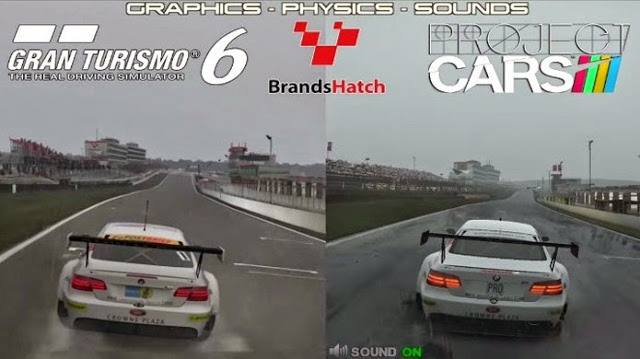
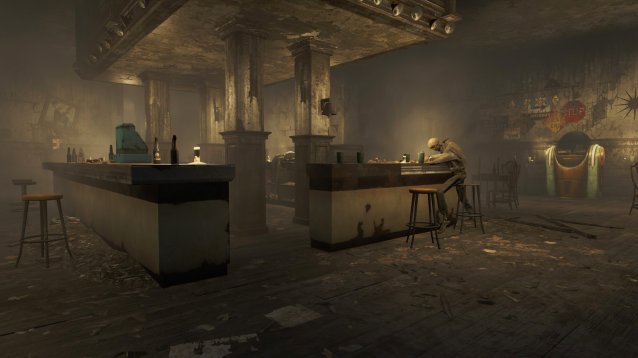
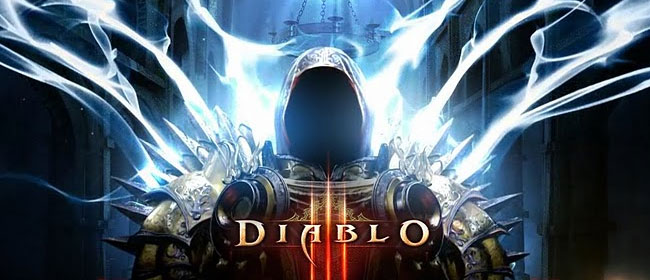
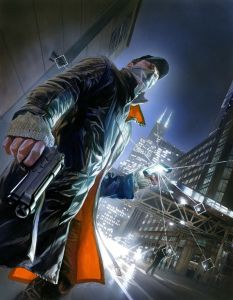 Watch Dogs Complete Walkthrough for Campaign missions - All Chapters
Watch Dogs Complete Walkthrough for Campaign missions - All Chapters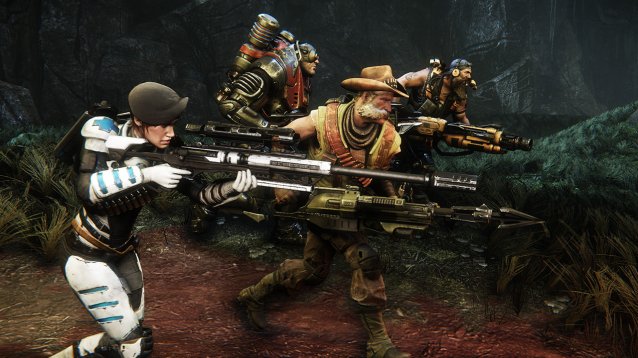 Evolve Preview: A Monstrous Amount of Fun
Evolve Preview: A Monstrous Amount of Fun Rocksmith 2014: The 60 Day Challenge Part 1 - Learning the Basics
Rocksmith 2014: The 60 Day Challenge Part 1 - Learning the Basics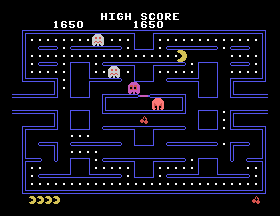 Internet Archive Lets You Play Retro Games With The Console Living Room
Internet Archive Lets You Play Retro Games With The Console Living Room Huge Discounts On 2 Useful Business Certifications
Huge Discounts On 2 Useful Business Certifications